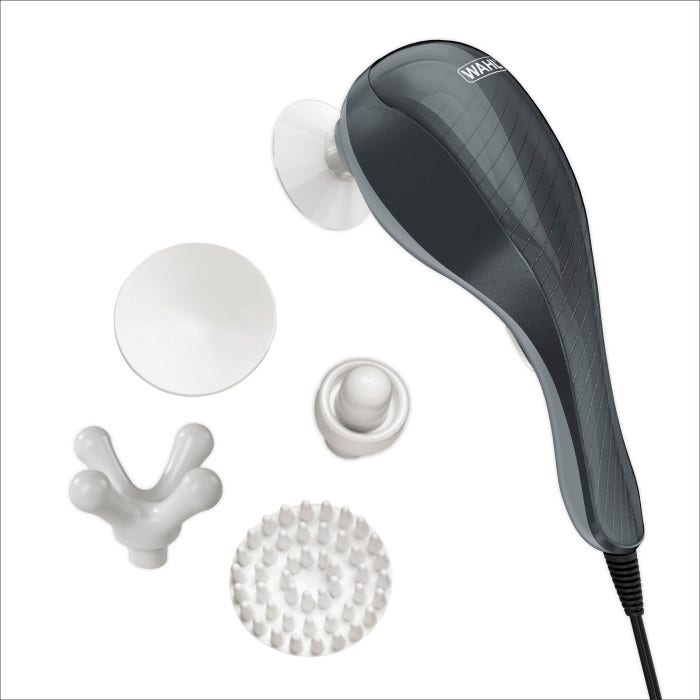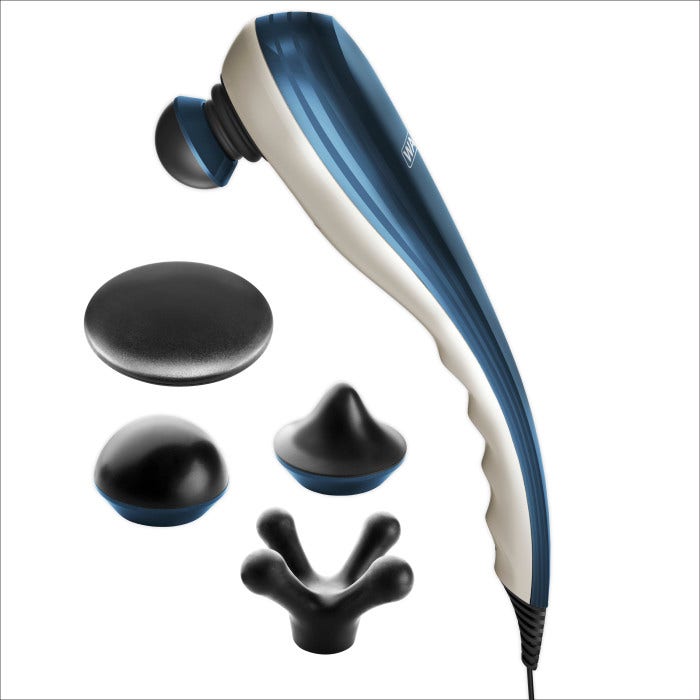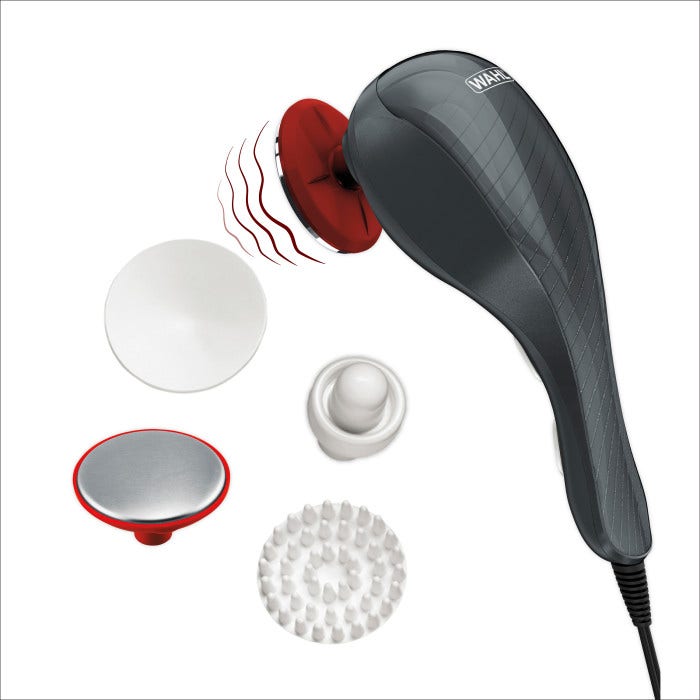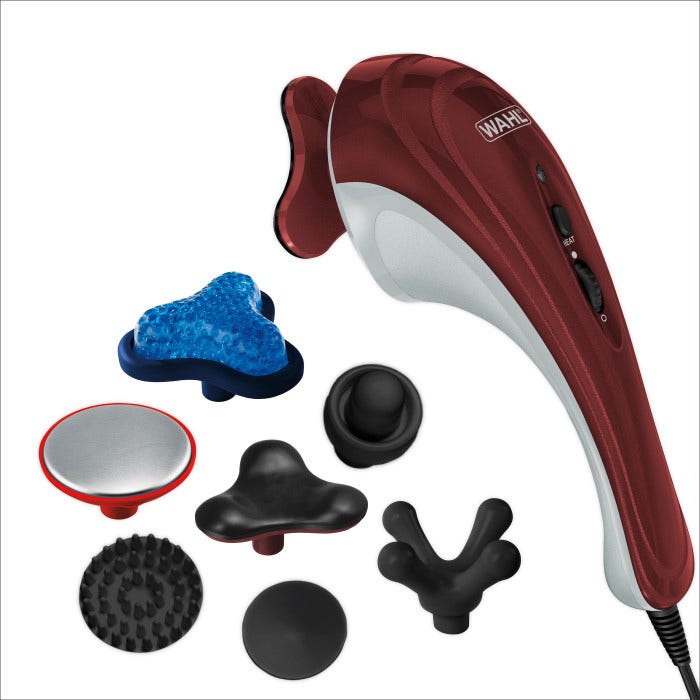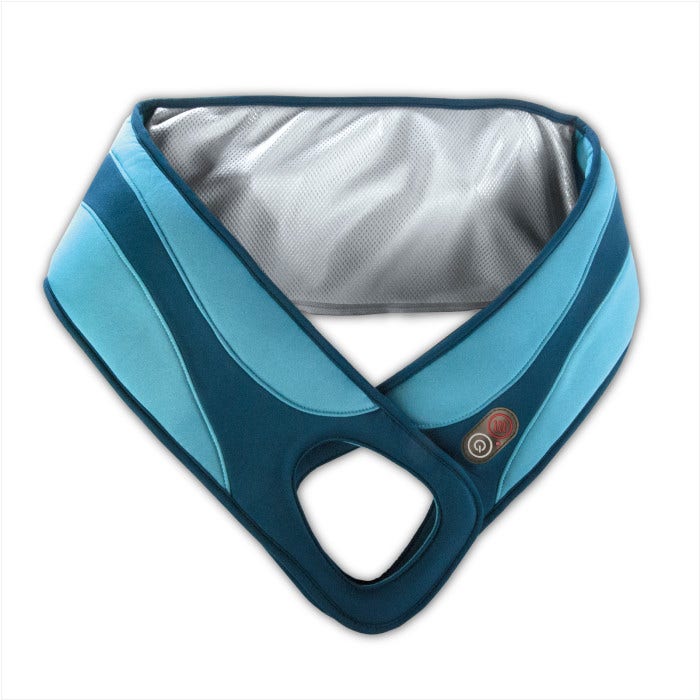
Using Massage for COPD (Chronic Obstructive Pulmonary Disease)
Massage of the rib cage and neck helps strengthen respiratory muscles, increase oxygen saturation in the blood and decrease shortness of breath.
Strengthening Respiratory Muscles with Massage
-
1
Sufferers of COPD have difficulty breathing, typically due to chronic bronchitis, emphysema or a combination of both.
Massaging your rib cage and neck helps strengthen respiratory muscles, increases oxygen saturation in the blood, decreases shortness of breath, lessens the flow of stress hormones and improves pulmonary functions.
-
2
When massaging your rib cage, DO NOT use a handheld massager. Use your hands and fingers to keep the massage gentle.
When massaging your neck, you can use a handheld massager or wrap massager to increase blood flow, increase muscle strength, and offer relaxation.
What to use
Need help deciding what you need?
Where you hurt and why you’re hurting are two key factors in deciding which massager is best for your specific pain relief.
Product SelectorMore Stress Relief Tips
Prioritize Recovery

Rest and/or active recovery: First of all, ease into workouts. If you haven’t been working out on a regular basis, going full throttle right away, particularly with consecutive-day workouts, is going to result and aching muscles.
Hydration is Key
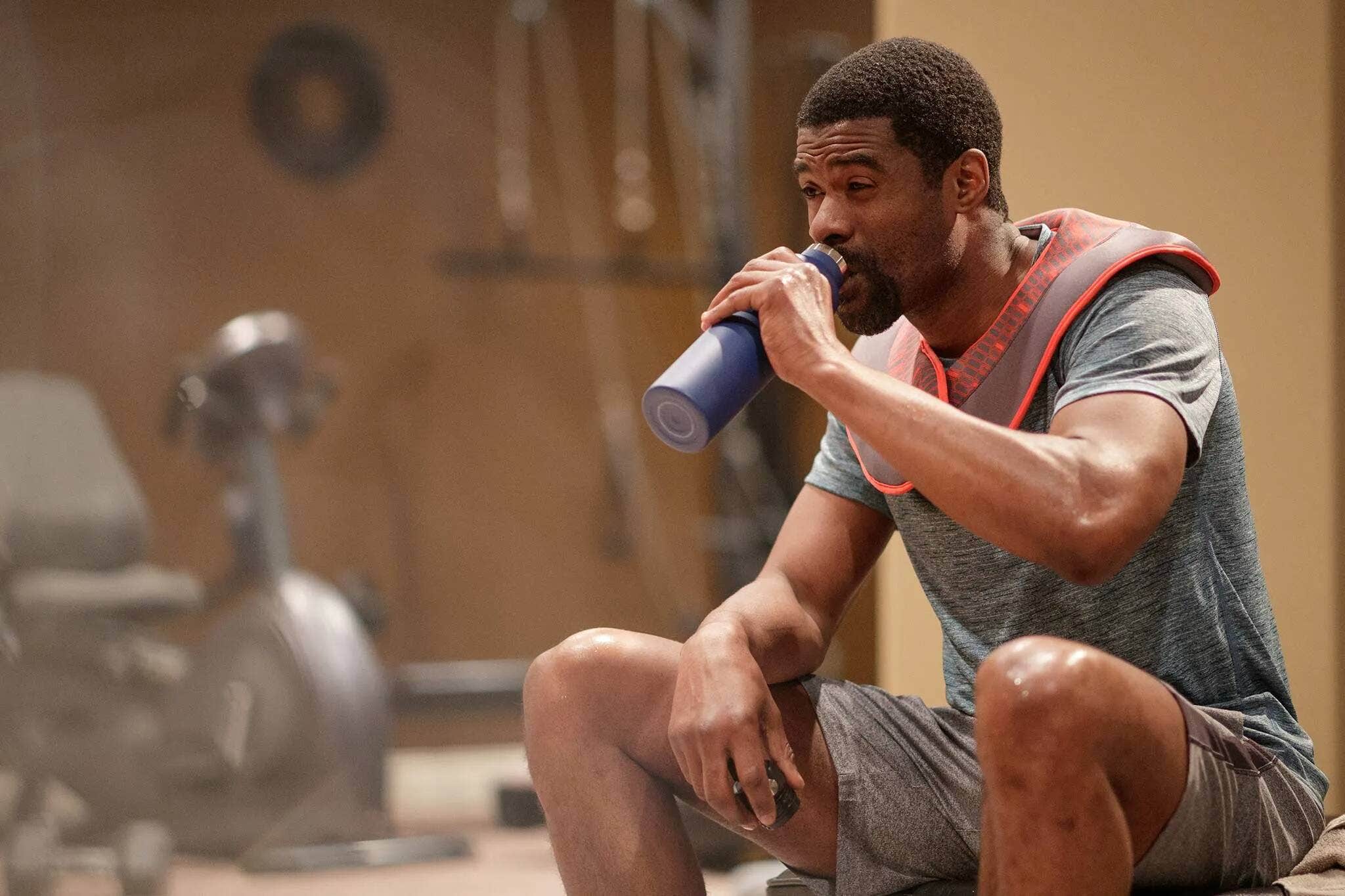
Hydrate: Drinking water during and after exercise helps the body rid itself of toxins, while fighting off dehydration, which can result in painful muscles and excruciating muscle cramps.
Eating Properly
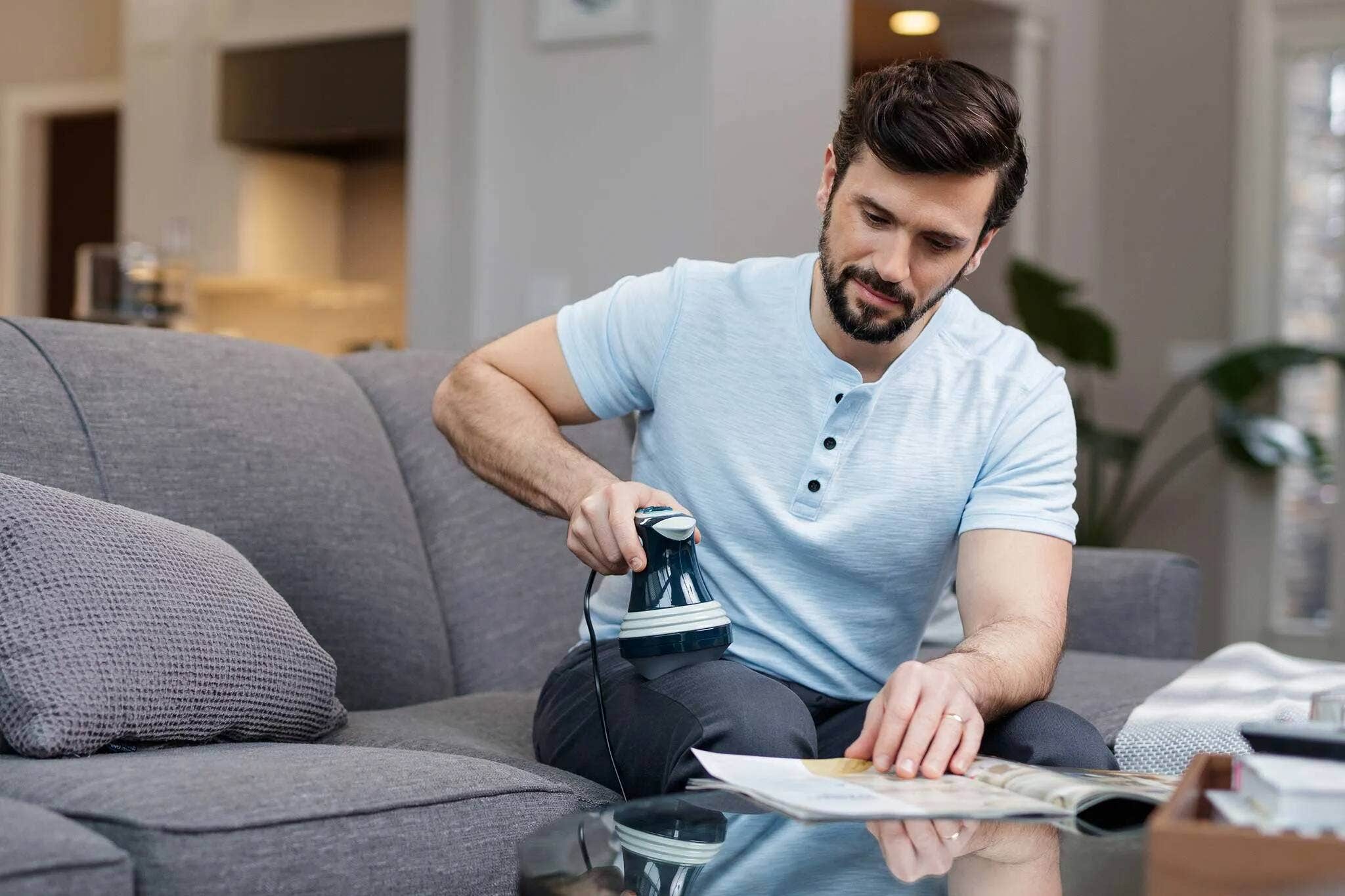
Proper nutrition: Protein sources are necessary to rebuild muscle tissue and fuel the function of various cells, tissues and enzymes. Carbohydrates are vital, as well.
Related Videos


 India (English)
India (English)
 Middle East and Africa (English)
Middle East and Africa (English)
 South Africa (English)
South Africa (English)
 Australia (English)
Australia (English)
 Japan (日本語)
Japan (日本語)
 South East Asia (English)
South East Asia (English)
 Singapore (English)
Singapore (English)
 Europe (English)
Europe (English)
 United Kingdom (English)
United Kingdom (English)
 Argentina (Español)
Argentina (Español)
 Brazil (Portuguese)
Brazil (Portuguese)
 Colombia (Español)
Colombia (Español)
 Latin America (Español)
Latin America (Español)
 México (Español)
México (Español)
 Chile (Español)
Chile (Español)
 Peru (Español)
Peru (Español)
 Canada (English)
Canada (English)


